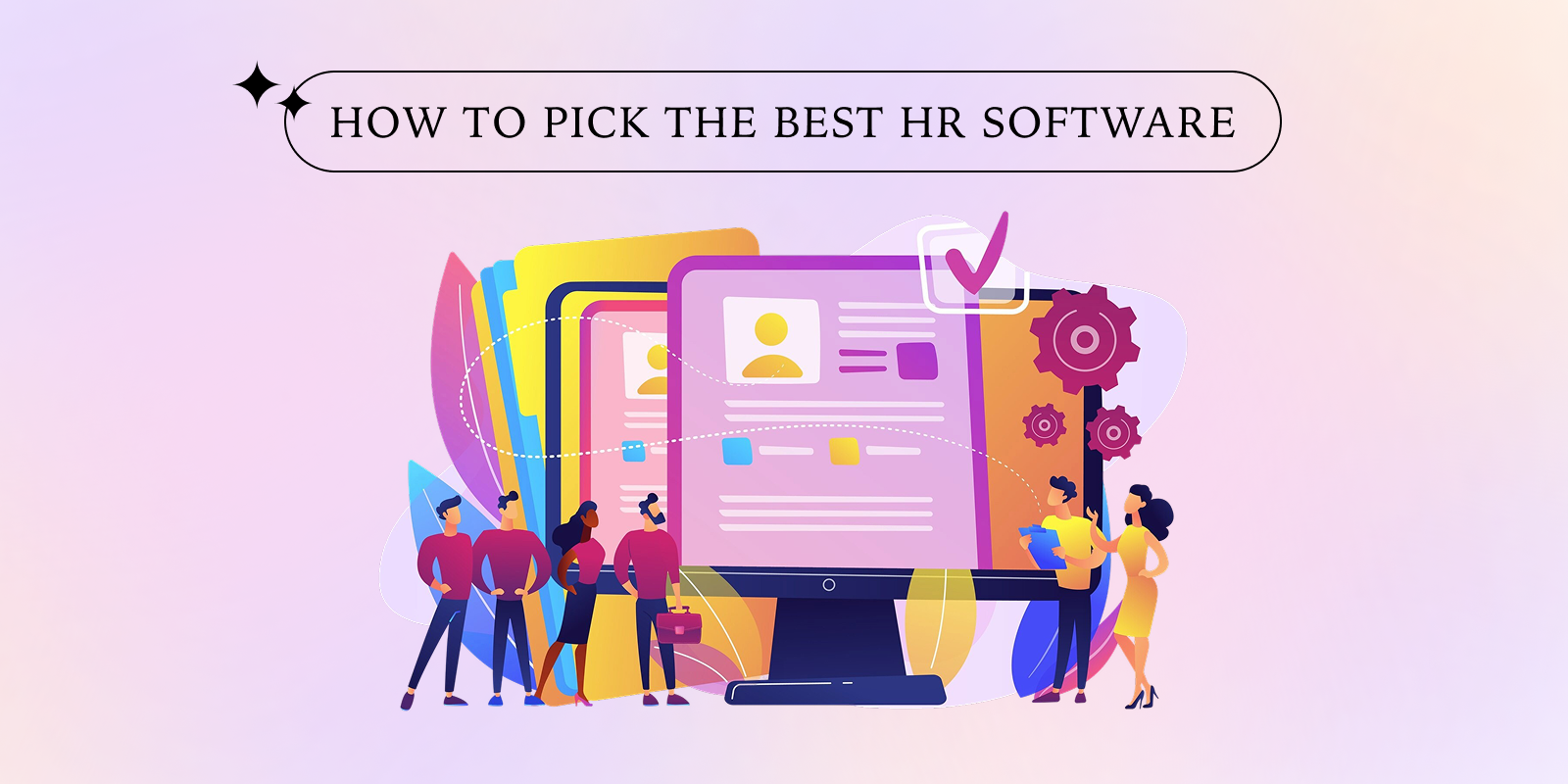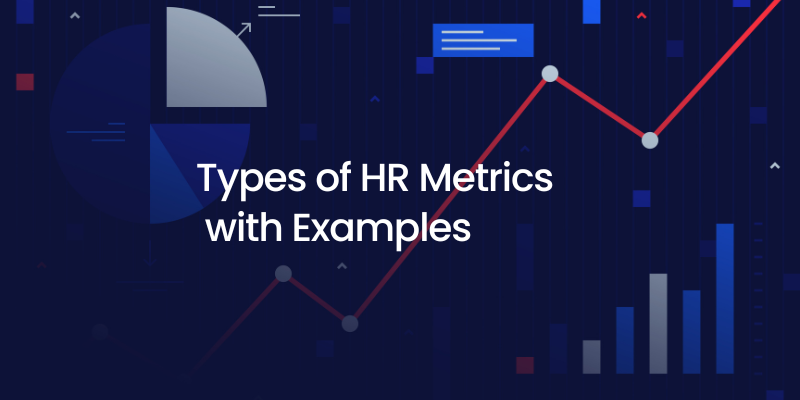Agile HR Meaning, Benefits & Best Practices
Agile HR is a progressive and adaptive approach that aligns HR principles with the fast-paced demands of the modern workforce. It is the application of the agile methodology in HR that helps transform traditional HR processes into more flexible and efficient workplaces. As a result, by adopting agile HR best practices, companies become more responsive and adaptable in an ever-evolving business landscape.
In addition, these practices further allow companies to break down linear methods and embrace a more iterative approach to managing people and processes. It is all about continuous learning and delivering value to both employees and the organization.
Agile Best HR Practices
These practices promote flexibility and responsiveness. Rather than following strict procedures, agile HRM focuses on quick improvements through short work cycles. HR teams constantly review their process, gather their feedback, and make changes as needed. As a matter of fact, this approach helps create a more efficient and supportive workplace. Therefore, by incorporating these methods, companies can build more strong teams that can quickly adapt to changes in the business world.
Liked what you read? Let’s take it to the next level!
Frequently Asked Questions
Q1. | What is Agile HR? |
| Ans. | It refers to the modern way of approach to managing human resource functions that ensures flexibility, adaptability, and responsiveness in aligning agile workforce needs with business demands. |
Q2. | What are the benefits of agile HR in organizations? |
| Ans. | Some of the benefits are improved employee engagement, enhanced flexibility, increased innovation, faster problem resolution, and better talent management. |
Q3. | What is an agile methodology for HR teams? |
| Ans. | The methodology is an approach that involves breaking projects into phases and focusing on continuous collaboration and improvement. In general, the company follows patterns of planning, executing, and evaluating. |
Q4. | How to implement agile HR practices? |
| Ans. | Agile working is a powerful approach that helps human resource departments become more adaptable, responsive, and efficient. Organizations can implement agile practices step by step. 1. Assess and Align: The first step is to understand where your teams stand currently and where it needs improvement. Additionally, gather data, through surveys or one-on-one meetings to identify strengths and weaknesses. Coupled with this, set clear goals that align with the business objectives. 2. Build Your HR Team: Select members who are willing to embrace change. Empower your agile team to self-manage and make decisions among themselves. 3. Adopt Best Practices: Choose an agile methodology that best suits your human resource process. 4. Implement and Iterate: Communicate the new way of working with your team and collect feedback from them. |
Q5. | What is the difference between agile HR vs traditional HR? |
| Ans. | Both are different in terms of their goals, structure, collaboration, process, decision-making, and adaptability, among others. Traditional HR is rigid and hierarchical, and focuses on internal operations on administrative tasks. Whereas agile is flexible and adaptable and focuses on decentralized decision-making. At the same time, delivering value to both internal and external stakeholders |
Q6. | How can HR become agile? |
| Ans. | Apply the following methodology: 1. Conduct retrospectives to analyze past policies and better understand workforce needs. 2. Automate every process that can be streamlined. 3. Working on making the workflows more efficient. 4. Actively developing and implementing new human resource policies. |
Q7. | What is an agile organization? |
| Ans. | It is a company whose structure and policies are designed to help employees quickly adapt to changes. Thereupon, the focus of this approach is to respond flexibly to evolving customer needs in the business environment. |
Resources
Explore how HR trends 2026 are shaping workplaces and employee experiences.
Find how the right HR software simplifies HR and grows your organization.
Learn why HR metrics are key to better engagement and smarter decisions.





